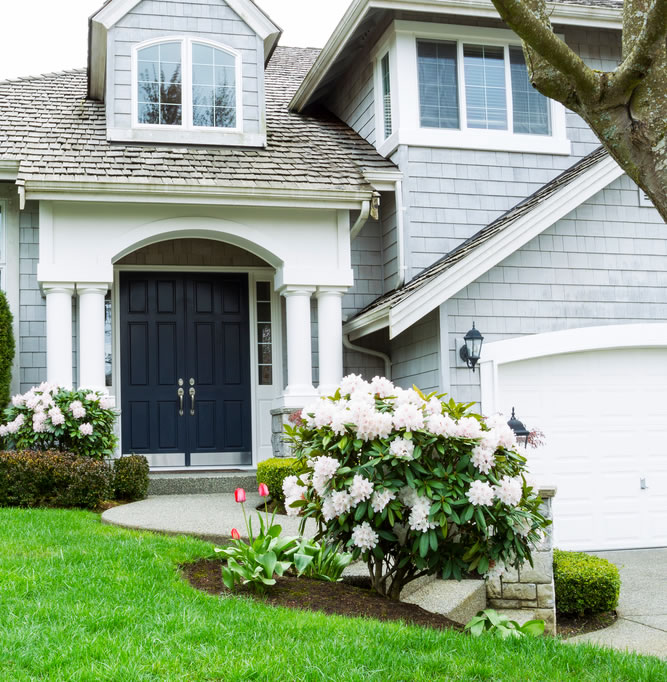Homeowner Coverage Considerations

Considerations for Home Coverage
While today’s insurance policies offer homeowner’s excellent protection, no policy is designed to insure you against every potential loss. However, you may customize your insurance by purchasing additional coverage to ensure that you have the protection that you want and need.
Additional coverage, also called endorsements, is available to insure you against a variety of liabilities, including losses of very expensive personal property, such as jewelry, guns, and collectibles, and even liabilities associated with running a business from your own home.
Are there different types of policies?
Yes. A person who owns his or her home would have a different policy from someone who rents. Policies also differ on the amount of insurance coverage provided.
The different types of homeowners policies are fairly standard throughout the country. However, individual states and companies may offer policies that are slightly different or go by other names such as “standard”or “deluxe”. The one exception is the state of Texas, where policies vary somewhat from policies in other states. The Texas Insurance Department ( http://www.tdi.state.tx.us ) has detailed information on its various homeowners policies.
The below chart lists the disasters covered in each of the following types of policies
If you own your home
If you own the home you live in, you have several policies to choose from. The most popular policy is the HO-3, which provides the broadest coverage. Owners of multi-family homes generally purchase an HO-3 with an endorsement to cover the risks associated with having renters live in their homes.
HO-1: Limited coverage policy
This “bare bones”policy covers you against the first 10 disasters. It’s no longer available in most states.
HO-2: Basic policy
It provides protection against all 16 disasters. There is a version of HO-2 designed for mobile homes.
HO-3: The most popular policy
This “special” policy protects your home from all perils except those specifically excluded.
HO-8: Older home
Designed for older homes, this policy usually reimburses you for damage on an actual cash value basis which means replacement cost less depreciation. Full replacement cost policies may not be available for some older homes.
If you rent your home
HO4-Renter
Created specifically for those who rent the home they live in, this policy protects your possessions and any parts of the apartment that you own, such as new kitchen cabinets you install, against all 16 disasters.
If you own a co-op or a condo
H0-6: condo/co-op
A policy for those who own a condo or co-op, it provides coverage for your belongings and the structural parts of the building that you own. It protects you against all 16 disasters.
Your level of coverage
Regardless of whether you are an owner or renter, you have the following three options:
1. Actual cash value.
This type of policy pays to replace your home or possessions minus a deduction for depreciation.
2. Replacement cost.
The policy pays the cost of rebuilding/repairing your home or replacing your possessions without a deduction for depreciation.
3. Guaranteed or extended replacement cost.
This policy offers the highest level of protection. A guaranteed replacement cost policy pays whatever it costs to rebuild your home as it was before the fire or other disaster ñ even if it exceeds the policy limit. This gives you protection against sudden increases in construction costs due to a shortage of building materials after a widespread disaster or other unexpected situations. It generally won’t cover the cost of upgrading the house to comply with current building codes. You can, however, get an endorsement (or an addition to) your policy called Ordinance or Law to help pay for these additional costs. A guaranteed replacement cost policy may not be available if you own an older home.
Some insurance companies offer an extended, rather than a guaranteed replacement cost policy. An extended policy pays a certain percentage over the limit to rebuild your home. Generally, it is 20% to 25% more than the limit of the policy. For example, if you took out a policy for $100,000, you could get up to an extra $20,000 or $25,000 of coverage.
Even though a guaranteed/extended replacement cost policy may be a bit more expensive, it offers the best financial protection against disasters for your home. These coverages, however, may not be available in all states or from all companies.
ALL RIGHTS RESERVED – Insurance Information Institute, Inc.
